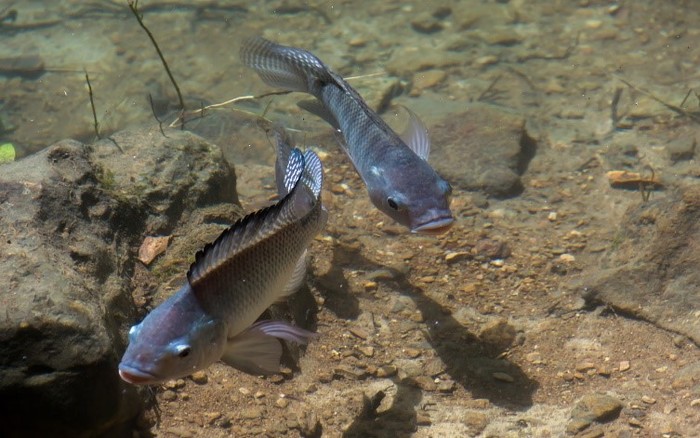Seeing is Believing: Discover Our Sight Fishing Insights

They say “seeing is believing”—and when it comes to sight fishing, we certainly agree!
The thrill of first spotting a catch winding around the water—then eyeing the best angle to land it, and following it through—is a special sort of way to enjoy the art of angling. The perfect pastime for those who prefer a shallow-water adventure.
Read on as we share a few top tips for getting the most out of the sport of sight fishing. Take a look.
What’s it all about?
What is sight fishing? Think of it as an extension of shallow water fishing—the two often overlap (fishing in the flats often gives you the chance to see what’s going on below the surface), but sight fishing is specifically about the art and skill of seeking out a fish before it’s right in your face.
There are a few ways to go about doing that. For example, on a sunny day, you might spot a fish’s shadow before you actually see its body—or a flash of light that accompanies its body moving near the surface, a glare you spot before any scales or fins.
It’s not all about bass…
If you look up “sight fishing,” you will probably be greeted to lots of results about catching largemouth bass this way. But in this case, it’s not always all about bass… in fact, another hugely popular game fish—especially down in Florida—is the tarpon, which is frequently caught in the shallows using a sight fishing method.
Know where to go
Knowing where to go is the first (and most important step) in seeking out some choice sight fishing. Shallow water is, naturally best, but you also want relatively clear surfaces, too, so that you can get a glimpse of what’s going on below. That is why places that are immune to fall foliage and other debris (think Fort Lauderdale, Miami Beach, the Florida Keys, etc.) make for great choices at this time of year. Your Robalo is perfect for making the trek, since our models—especially those such as the Cayman, which are built for shallow-water excursions—can easily make the switch between inshore and offshore destinations.
Slip into polarized shades
Polarized shades are a must for anglers, especially those who plan to catch by sight and sight alone. This type of sunglasses reduces the glare of the sun, so you can get a clearer idea of the action beneath the surface.
Know where to stand
Because this type of fishing is so dependent on the visual element—instead of simply casting your line and waiting for a bite—you’ll want to be proactive about your approach, especially your on-board positioning. Stand so that the sun doesn’t cast your shadow on the water, so that it doesn’t obscure the action in the water. This way, you will be able to more easily spot fish (and their shadows) and know where to angle your rod.
Study the H2O
Before you take out your rod, you might benefit from simply studying the H2O (even easier to do if you have a second station, since you can get a clear, aerial glimpse of the water below). Look for structures beneath the surface, like plants and debris and other places where fish might flock to for cover, and get a sense of where schools are going so that you can follow them accordingly.
Fishing the depths can sometimes feel like landing a catch “sight unseen…”—and while that surprise element is certainly part of the fun, there is a lot to enjoy about the alternative, too, a visual adventure that lets you feast your eyes on the world of aquatic wonder just beneath the surface.
Bookmark & Share
Previous Article
Next Article
